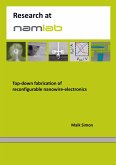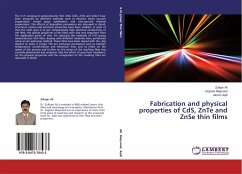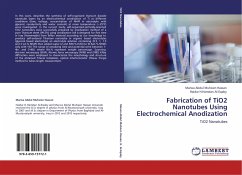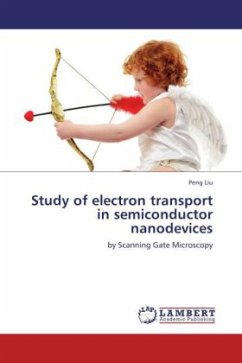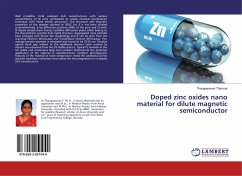The nandevice using individual nanowire (NW) is fabricated by e-beam lithography process. This process includes plasma ashing, evaporation of metal electrodes, and thermal rapid annealing. With the final product nanodevice, the change of resistance depending on the external magnetic field and temperature is measured. In this manuscript, single crystalline NWs used for measurement of physical properties are as followed: CoSi, Fe1-xCoxSi, InN, Fe5Si3, Co2Si, V5Si3. CoSi NWs show the negagive magnetoresistance (MR) due to reduction of scattering between electrons influenced by magnetic field and free electrons, which is typically observed in ferromagnets. Fe1-xCoxSi NWs show the unconventional magnetotransport properties. Despite ferromagnet itself, positive MR is observed, might arisen from quantum interference effect. Furthermore, the angle dependent resistance is observed, which is relative with spin-down electron transport. InN NWs show the different transport mechnism dependingon the temperature. Co2Si NWs show the negative MR under Curie temperature and V5Si3 NWs show ultralow resistance and high current failure. These results are expected to application in future nanodevices.


